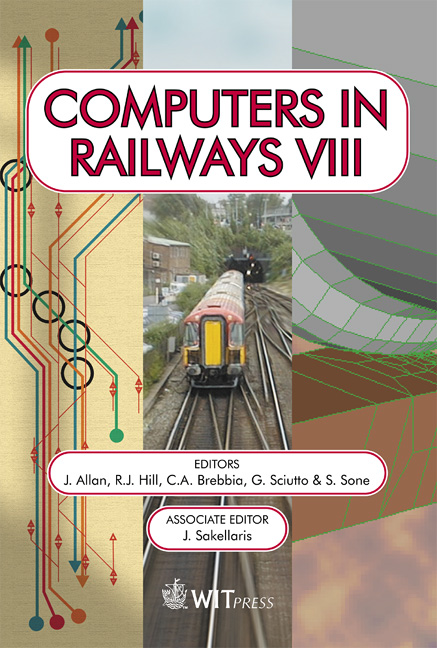A Quantitative Assessment On The Design Of A Railway Station
Price
Free (open access)
Transaction
Volume
61
Pages
10
Published
2002
Size
986 kb
Paper DOI
10.2495/CR020191
Copyright
WIT Press
Author(s)
W Daamen
Abstract
Public transfer stations are evolving into multi-functional public areas, attracting much more people. A lot of extra trips are made by public transport, causing the system to reach its capacity, especially during peak periods. Not only does the number of vehicles increase and does their occupancy degree grow, also congestion occurs in the transfer station itself. Unlimited expansions of the necessary transfer area is not an option: inner city areas must contain many different functions and public transport is just one of them. By adding more functions, the number of processes increases, their complexity increases and the design process also becomes more complex. There for, (simulation) models are needed to evaluate the location of the functions and the amount of infrastructure for each function. A key issue in this process is the comfort of the pedestrian: he must be able to walk to his destination inside the railway station, in a quick and comfortable way, along short paths without too many height differences. Also, the occurrence of congestion must be prevented as much as possible, in which especially stairs and escalators will form bottlenecks. In this paper an overview is given of the process of integration of the different functions, the timetables and the platform allocation to optimise pedestrian comfort. The applicability of this simulation model will be exemplified by a model of the station of Delft.
Keywords





